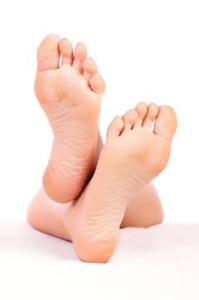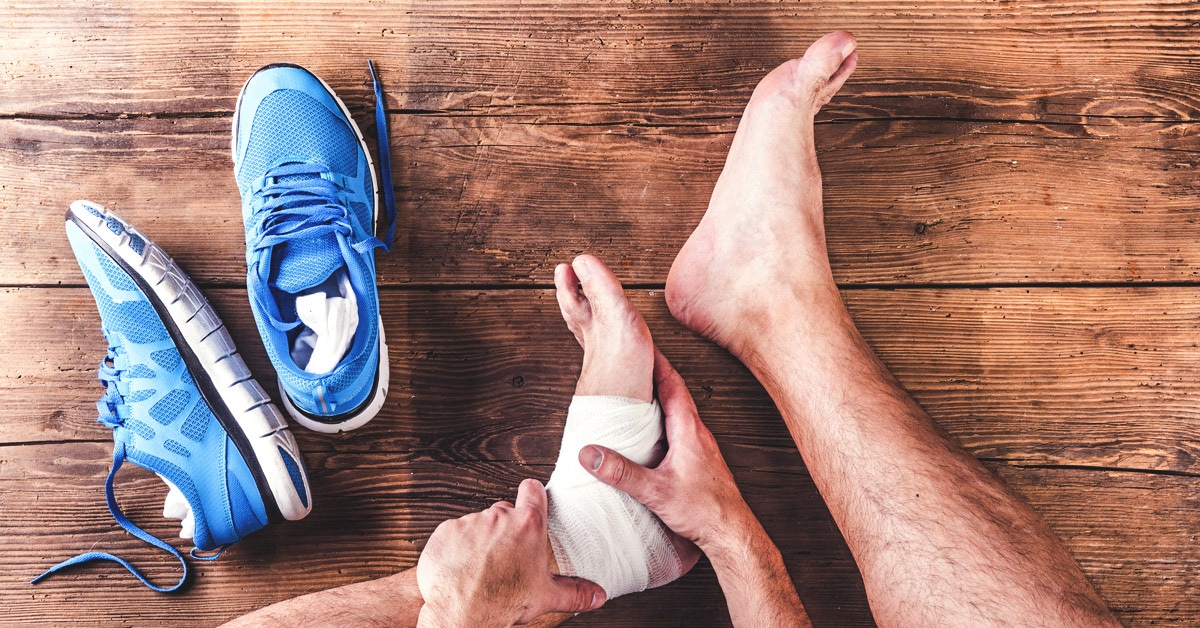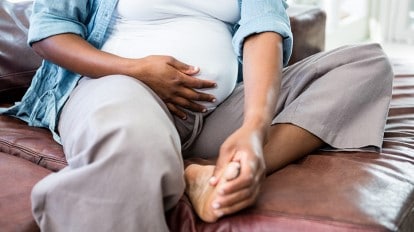New procedures, techniques speeding patients’ recoveries
Many Achilles tendon surgery patients in Denver are getting back on their feet faster, thanks to new procedures and techniques.
Dr. Keith Naftulin, DPM, foot and ankle surgeon with offices in Littleton, Colorado, say the introduction of tissue graft products, bone anchors, radiofrequency treatments and new arthroscopic procedures provide patients with less invasive treatments and speedier recovery times.
“These surgical advances will shorten recovery times for many patients, allowing them to get back to their jobs and active lifestyles in less time,” says Naftulin.
The Achilles tendon connects the calf muscle to the heel bone in the back of the leg and facilitates walking. The most common Achilles condition is tendonitis, an inflammation of the tendon. Naftulin says most tendonitis cases can be successfully treated with non-surgical methods such as rest, ice, anti-inflammatory medications and physical therapy.
But some tendonitis patients develop scar tissue on the tendon, or their tendon fibers weaken and develop microscopic tears, a condition called Achilles tendonosis. Fixing these problems may require surgery and weeks to months of recovery.
Naftulin says recently-introduced radio frequency technology can shorten recovery time for some patients by using radio waves to stimulate healing in the tendon. The procedure requires smaller incisions to insert the wand-like radiofrequency device. Smaller incisions mean less damage to skin and muscle, less pain, and lower risk of surgical infections. Patients recover faster.
Overuse, especially in athletes, can cause the Achilles tendon to tighten and pull so hard on the heel bone that a bone spur, or bump, develops. Shoes can rub against the spur and cause pain. In addition, a painful fluid-filled sac called a bursa can develop between the heel bone and the tendon. Traditionally, correcting this tightness involved cutting the tendon, removing the bone spur or bursa, and then reattaching the tendon.
According to Naftulin, new arthroscopic techniques can provide a minimally invasive option to removing bone spurs and bursas without significant damage to the Achilles tendon. When the tendon does have to be surgically detached, new bone anchor constructs (screws that are drilled into the heel bone to secure the tendon and tissues) can reattach the tendon, minimizing the chance of a potentially painful knot developing on the back of the heel.
Achilles tendon ruptures are the most serious Achilles injuries. Most patients require surgery to decrease the likelihood of a re-rupture. Various techniques are available, and increasingly may include tissue grafts used as a bridge to link the detached tendon lengths. The graft provides a scaffold on which new tissue grows, increases the overall strength of the repair, and is usually absorbed by the body within a year.
For further information about ankle fractures and sprains or other foot and ankle problems, contact Medical and Surgical Foot and Ankle Care, PC at 303.932.7957, or visit footpower.com.







